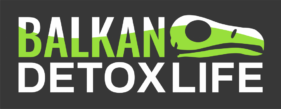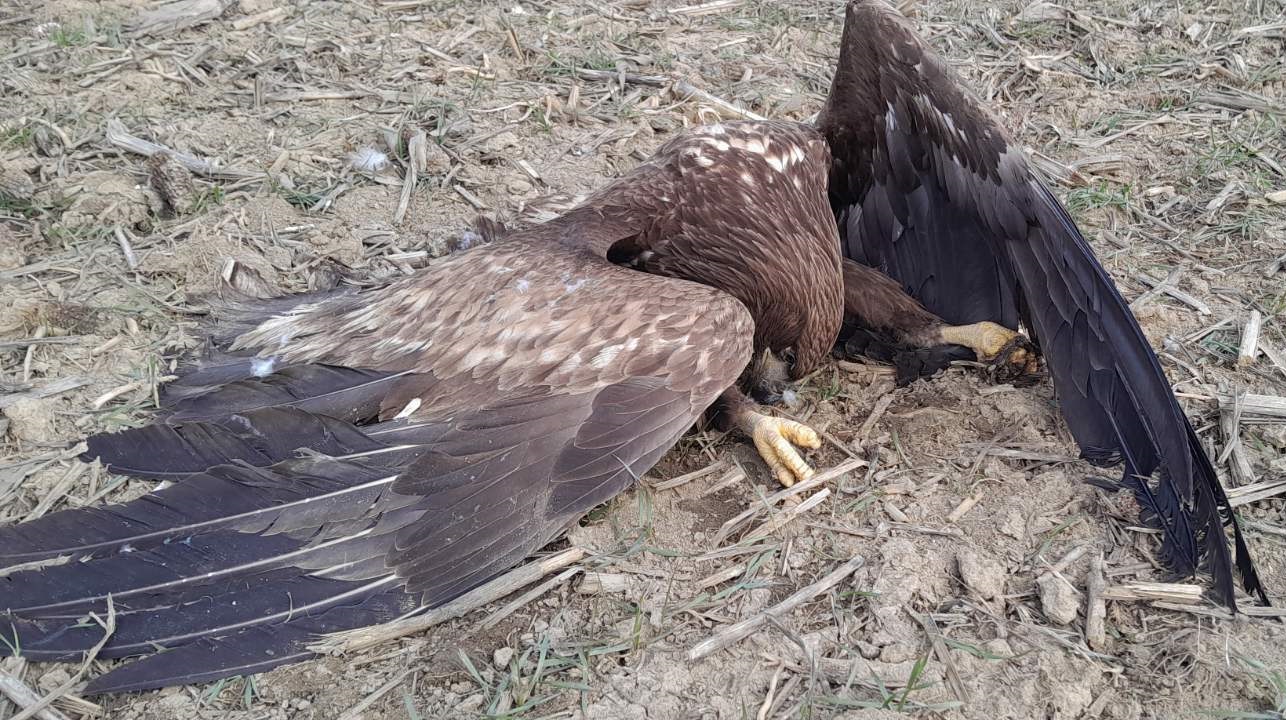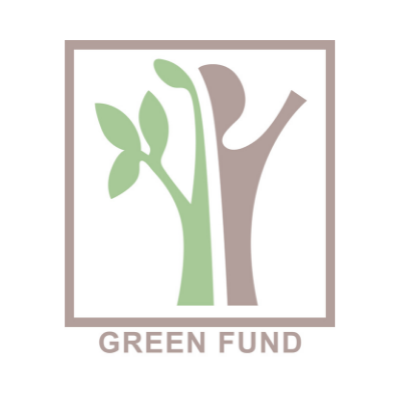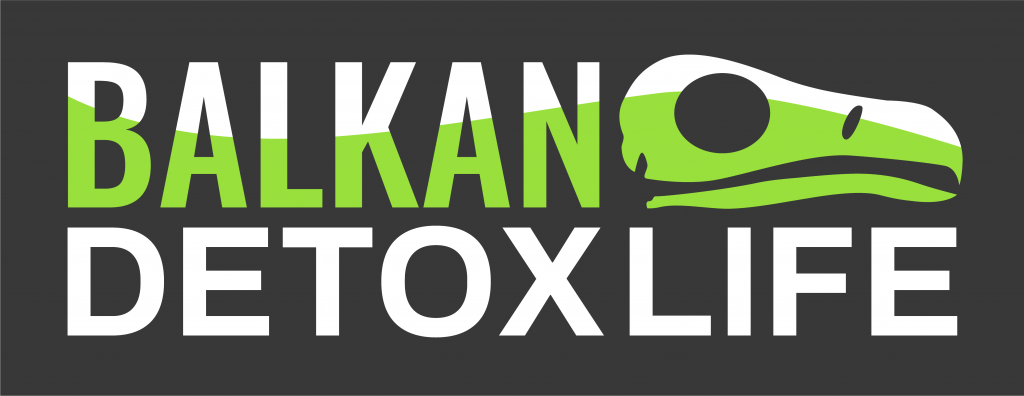A year after one of Europe’s most devastating bird poisoning incidents in Nakovo, near Kikinda—where over 1,000 birds perished under unexplained circumstances—Serbia is once again facing a tragic wave of wildlife poisonings. This alarming trend threatens not only rare and endangered species but also the delicate ecological balance they help maintain.
Widespread deaths across Serbia
In just the past two months, 19 rare, endangered, and strictly protected raptors have died in 10 separate poisoning cases across Serbia. All circumstances surrounding the deaths of these birds indicate poisoning, and in some cases, this is quite certain. Among the affected species is the iconic White-tailed eagle, which has been found dead in four different locations, with six individuals lost.
This species has become a grim symbol of Serbia’s poisoning crisis. According to the Society for the Protection and Study of Birds of Serbia (BPSSS), over 120 White-tailed eagles have been poisoned in the country since the beginning of the 21st century. Given that Serbia’s total breeding population of these majestic birds is around 300 adult individuals, the impact is catastrophic.
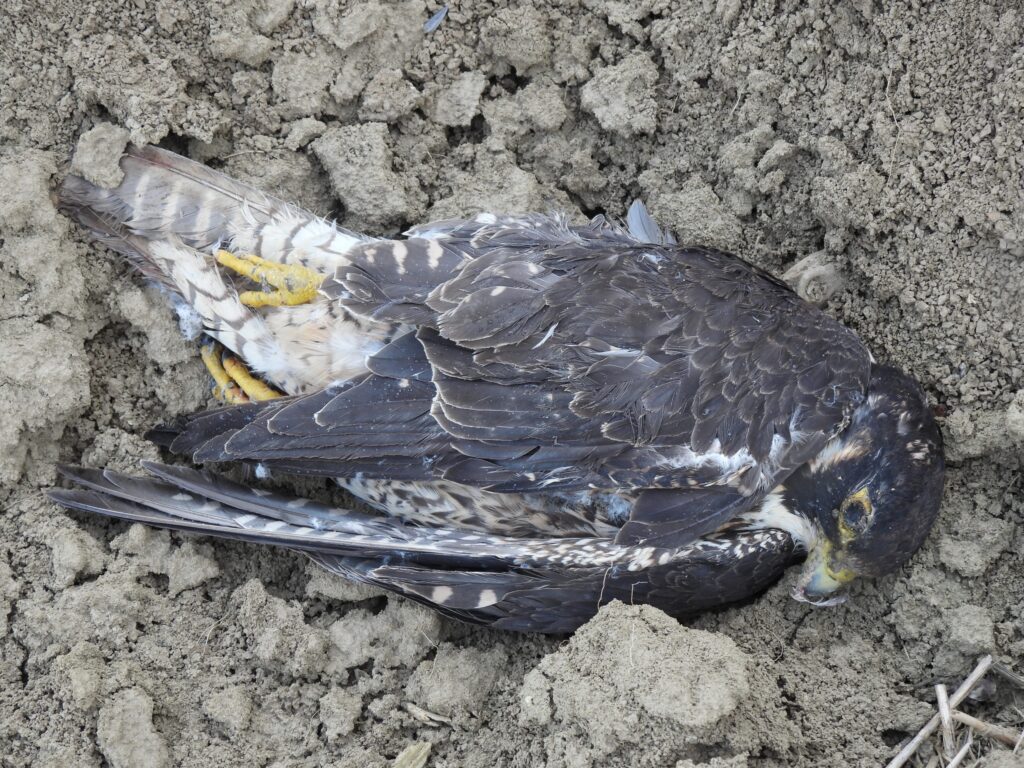
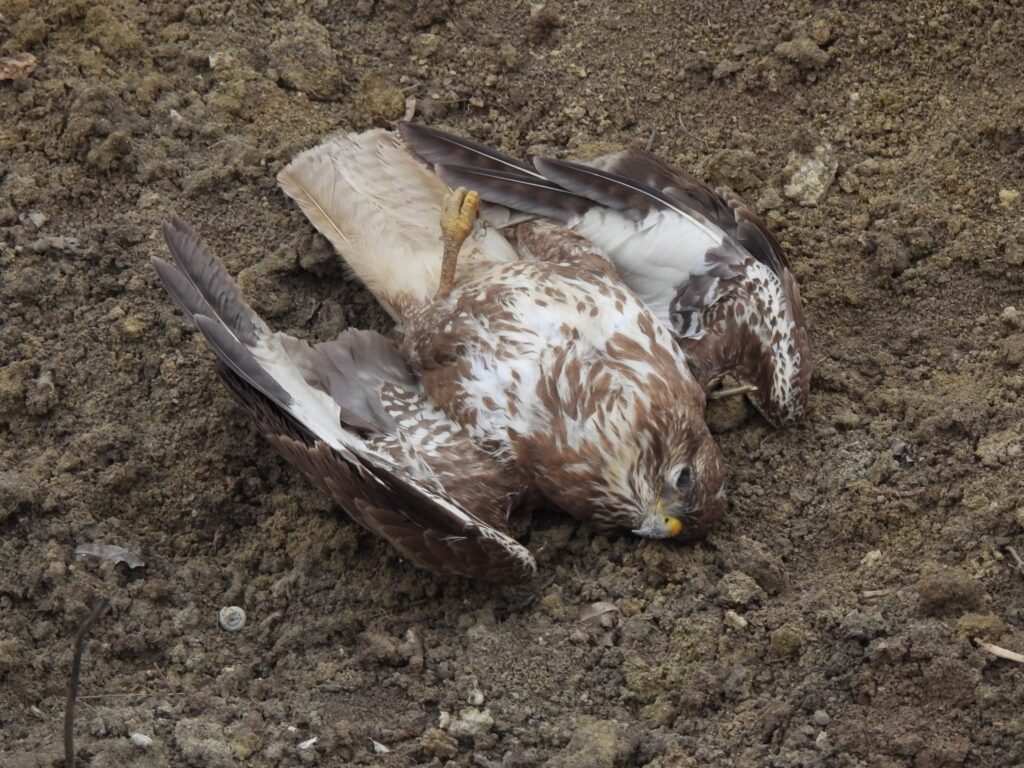
Adding to the tragedy, two Griffon Vultures—species that had not been previously recorded among poisoned birds for some time—have now joined the growing list of casualties. Other poisoned raptors include Peregrine Falcons, Saker Falcons, Common Buzzards, and Red Kites.
Poisoning spreads across various territories
Unlike previous incidents concentrated in Vojvodina, this new wave of poisonings over the last two months has spread across Serbia, affecting municipalities such as Prijepolje, Užice, Bogatić, Belgrade, Sremska Mitrovica, and Zrenjanin. The dark trend of bird deaths repeats every year, with increasingly severe consequences for nature.
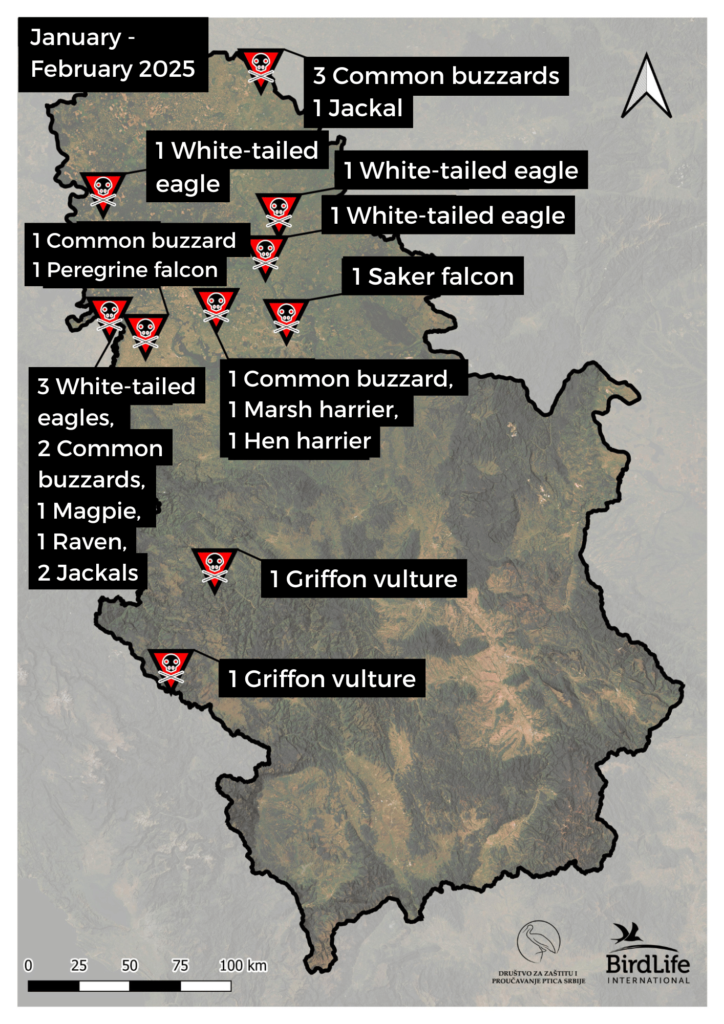
As the spring migration season approaches, experts fear that more cases will surface, further threatening Serbia’s already vulnerable raptor populations. It is crucial to understand that what ornithologists find in the field is only the tip of the iceberg of this problem.
Impunity fuels the crisis
It is devastating that after several decades of ever-present poisoning of wild animals, the competent Ministry of Environmental Protection still does not have an action plan on how to prevent wildlife poisoning, nor protocols on how to react properly in the field, so you can clearly see the confusion in the work of field inspections.
“In Serbia, over the past 20 years, more than 3,000 birds have died from poisoning, and no one has ever been punished for it. These numbers show that poisoning is an established practice, and the responsible institutions not only fail to bring cases to court but often do not inform the public about these issues that concern not only the environment but also the health and safety of the population. The impunity for these crimes sends a clear message that crime is acceptable,” stated Slobodan Marković from the Society for the Protection and Study of Birds of Serbia.
Urgent action is needed to protect Serbia’s wildlife
Given the severity of the situation, immediate and effective measures are needed to combat this crisis. The survival of raptors is closely tied to the health of Serbia’s ecosystems, agricultural practices, and even public well-being. As raptors are at the top of the food chain, these birds play a crucial role in maintaining ecological balance, and their loss signals deeper environmental issues that must be addressed.
While much remains to be done, recent developments show some progress. Authorities in Serbia have recently made a huge arrest involving the illegal pesticide trade, a significant step toward curbing the black market that fuels wildlife poisoning.
One of the key initiatives working to combat wildlife poisoning in Serbia and the broader Balkan region is the BalkanDetox LIFE project. This international effort aims to raise awareness and improve capacities to tackle illegal poisoning across seven Balkan countries. This project has also trained professionals working in law enforcement and other competent fields on how to properly investigate and manage wildlife crimes through the Wildlife Crime Academy.
Conservation efforts, stricter regulations, and increased public awareness are critical steps toward ending this devastating cycle of poisoning and ensuring a safer future for both wildlife and people.
